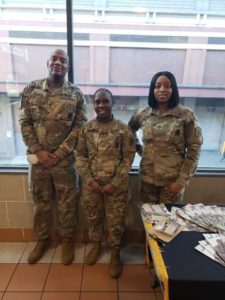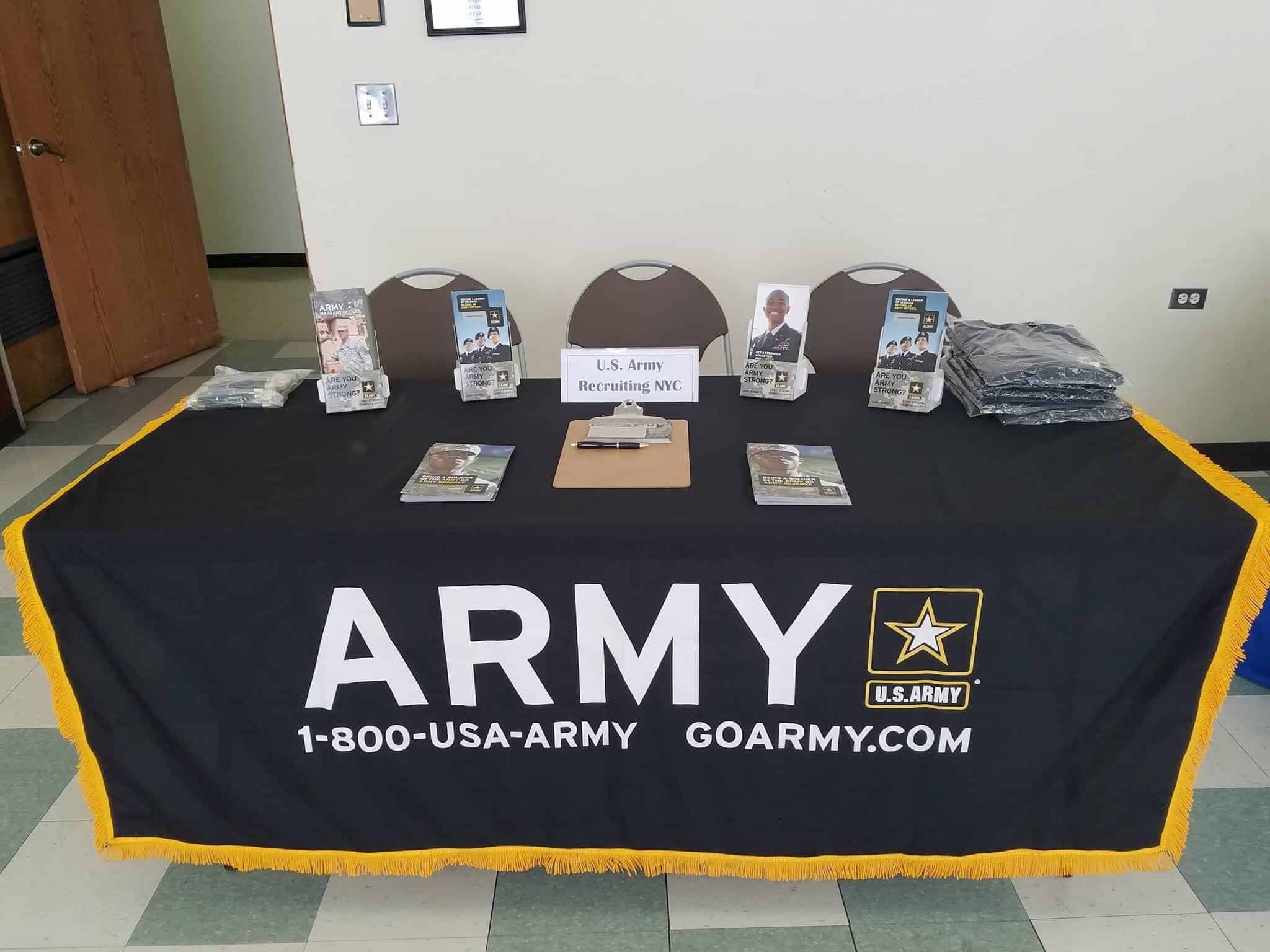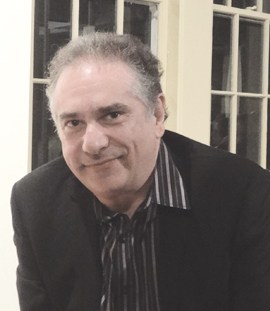The first step to take for those who are interested in enlisting in the United States Army – whether it’s active duty or Army Reserve – is to meet with a recruiter at their local recruiting station. Recruiters help people better understand the Army and help them figure out if it is the right fit for them.
During a meeting with a recruiter, there’s a prescreening to see if one qualifies for enlistment and an abridged version of the Army Services Vocational Aptitude Battery test (ASVAB). After the Army entrance interview, you take the ASVAB, which serves to narrow down the options among more than 150 possible Army careers. Next, you visit the nearest Military Entrance Processing Station to take the physical fitness evaluation. If you pass, you choose your career path and then move on to basic combat training.

The Flatbush station (located at 2174 Nostrand Avenue), which conducts active duty recruiting and Army Reserve recruiting, primarily covers Flatbush and East Flatbush, but also has reach in Midwood, Prospect Lefferts Gardens and some of the Flatlands. Flatbush station commander Sergeant First Class (SFC) Francisco Disla told us seven to 10 people usually walk in every day to learn more about the Army – but some days the staff of five sees as many as twelve people. He broke down how recruiting stations operate and how his station helps eligible recruits prepare for their next steps.
Getting to know SFC Disla: SFC Disla – who’s originally from the Dominican Republic but was raised in Brooklyn – joined the Army in 2007. He completed two deployments and then transitioned to recruiting after coming home. He has been at the Flatbush office since August 2018.
RHSR: How do recruiting stations work in general?
SFC FD: We are always out in the community, trying to talk to young people and letting them know the opportunities that the Army could give them. We do it every single day, even on Saturdays to accommodate schedules. Showing our faces and walking around in the community gives us that type of rapport with the actual community. We also train personnel who are interested, offering them to come in and work out with us as a team. Then we help anybody who’s not quite physically there yet to meet the requirements and push them forward along the process.
RHSR: How do your recruiters interact with the neighborhoods?
SFC FD: We go to the local high schools and colleges to let students know about us, how we operate and that we’re here to provide information. And we interact with anybody along the way too. While we’re at the schools, we make sure we can generate an appointment, so interested students can come in, sit down and walk them along the process.
RHSR: What would you say is a day in the life at the recruiting station?
SFC FD: As I mentioned earlier, providing the information for anybody who shows interest in joining the military and coming in at six in the morning [on weekdays] for those who need the physical help to meet the processing requirements. We’re also making sure we get good rapport with the applicant, knowing more about them and how they work. We talk to the family and make sure the family is OK, showing them support that they may need when making this life-changing decision that they are about to make.
RHSR: In terms of helping people get physically fit, do you have a gym with certain equipment or is it more like helping them with drills?
SFC FD: In the winter we go to Linked Fitness, which is right next to us. Every single recruiter here has a membership and they are allowed one guest. In the springtime, we go to Amersfort Park and do running drills, different exercises and circuit training. If that doesn’t work, we’ll drive to Prospect Park and run a 5K.
RHSR: Do you find there are any other challenges to your job?
SFC FD: Recruiting is not always easy. Sometimes you have to sit down and actually give that applicant [and their families] the extra time to say, ‘Is this the right decision for you?’ It’s all about giving time because you can’t rush recruiting.
RHSR: What fulfills you about this job?
SFC FD: Sometimes you get somebody who’s been forced to join the military by their parents or somebody who’s about to get kicked out of their house – and you do everything in your power to help them during the process. When they call you after they’re done and say, ‘Thank you for giving me the opportunity to join,’ it really means a lot. Changing somebody’s life is always going to be my number one – that’s why I enjoy this job.
Top photo of the Flatbush station’s recruiting table at the 2018 Brooklyn College Spring Career Fair. Photo from US Army Recruiting Flatbush’s Facebook page.
Author
-

George Fiala has worked in radio, newspapers and direct marketing his whole life, except for when he was a vendor at Shea Stadium, pizza and cheesesteak maker in Lancaster, PA, and an occasional comic book dealer. He studied English and drinking in college, international relations at the New School, and in his spare time plays drums and fixes pinball machines.
View all posts
George Fiala has worked in radio, newspapers and direct marketing his whole life, except for when he was a vendor at Shea Stadium, pizza and cheesesteak maker in Lancaster, PA, and an occasional comic book dealer. He studied English and drinking in college, international relations at the New School, and in his spare time plays drums and fixes pinball machines.










